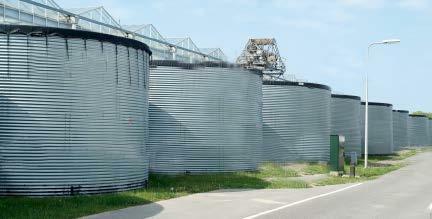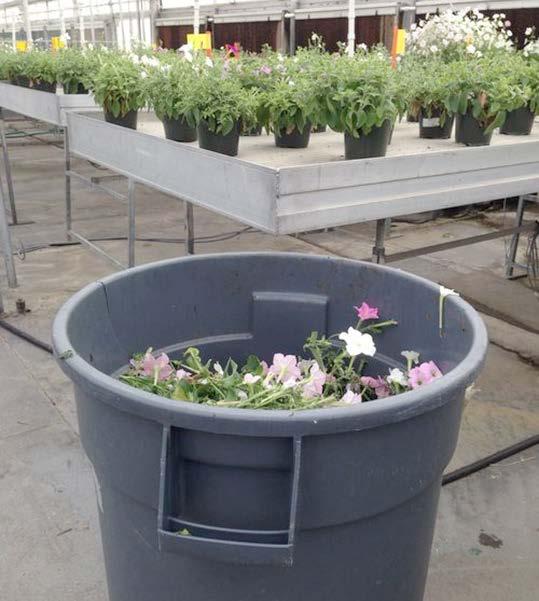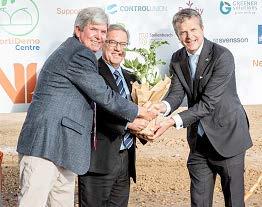
1 minute read
Grafted watermelon
Being on the forefront of technological advances in agriculture, Hishtil SA has been supplying grafted watermelon seedlings on a commercial basis for several years. Feedback from growers shows consistently that they are experiencing better disease tolerance as well as increased yields and fruit quality. This remains true as advances in genetics come to the industry on a regular basis.
Fusarium:
Advertisement
Due to increased cropping on soils, instances of Fusarium are on the rise in watermelon production. Clearing of new fields is becoming increasingly costly and alternative options should be explored. Extensive trials with grafted watermelon plants have shown a high level of tolerance to Fusarium on old watermelon fields. This reduces the amount of time needed for rotation back onto the old fields and is a much more economic option for farmers. Where traditional rotation of watermelon is between 7 to 10 years, rotation of grafted watermelon can be reduced to between 3 and 4 years.
Reduced plant population:
When planting grafted watermelon, a greatly reduced plant population can be used without affecting the yield. Traditional non-grafted plant populations vary from 5500 to 6000 seedlings per ha. Grafted watermelon can be planted at 3300 plants per ha. Growers are reporting increased yields, better longevity of fields and therefore extended harvesting times.
Reports of increased fruit quality and shelf life of fruit is also common amongst commercial growers of grafted watermelon. This has opened new markets for growers not previously available, including export.
Important to note is that cultural practices like irrigation and fertilization should be adjusted according to the needs of grafted plants.
Contact Hishtil SA for more information.
Tel: 015 395 4034 | e-mail: sales@ hishtilsa.com or visit www.hishtilsa. co.za


















